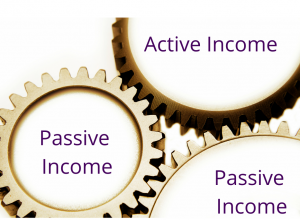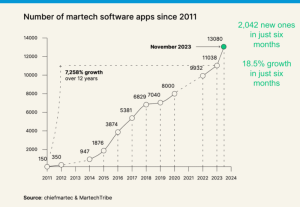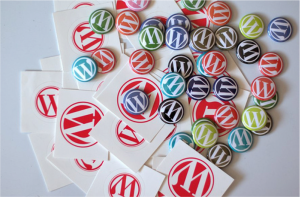2023 Trends In Search Marketing And Performance From Your Peers

Any attempts at clairvoyance are futile when it comes to trying to predict the future of advertising, but it’s interesting to get a glimpse of what industry executives think.
It’s impossible to precisely predict the path of technology three to six to 12 months out, even with all the brilliant minds making predictions, but many in the past have come close.
As the year draws to a close, here are some predictions related to search, performance and more. Not my predictions, but from your peers.
“Marketers should know that audio can be a secret weapon in a tough economy,” said Gayle Troberman, CMO of iHeartMedia. “With massive reach to every audience, higher engagement, more trust and about one-tenth of the production costs of video.”
Jascha Kaykas-Wolff, president at Lytics, believes there is tremendous pressure on large organizations like Google to provide absolute clarity on the roadmap of changes that impact the advertising industry with their business models so intimately intertwined.
“We’ve seen, over the past two years, multiple changes in timing of commitments, so it’s difficult to predict that we’ll see any different behavior giving us a predictable roadmap,” he said.
“In recessionary periods it’s typical to retrench on known and highly performant channels, and we are starting to see more research validating that this is the forward-looking view Google teams are taking.”
Kaykas-Wolff says the core capabilities underlying a strong data strategy that every business should invest in next year include:
- Injecting, storing and securing data and creating persistent unified user ID
- Translating data into actionable insights
- Executing marketing actions across the channels where you engage your customers
Amy Rumpler, senior vice president of paid search and social at Basis Technologies, believes that privacy and measurement of the effectiveness of media will continue to be important topics in 2023.
“Advertisers will have to adopt new measurement tools and ways of comparing media performance to bridge the gap between walled gardens, and continue to be mindful of how they collect and use data,” she said. “We can almost guarantee new ad formats will continue to require new content messaging strategies, and the merge between capabilities across platforms will continue to even out.”
She also said the industry will continue a move toward automation in ad optimization, making it more important for media planners and buyers to have a deep understanding of performance, testing plans, and how and where to rely on algorithms to make decisions related to campaign structure.
Jesse Redniss, CEO and cofounder at Qonsent, believes performance privacy will become vital to effective advertising and marketing spend.
“A slump in the economy along with budget cuts will force brands to make the most of every marketing dollar but they risk wasting resources if they’re not collecting the right data to feed their campaigns,” Redniss says. “This creates an existential threat to performance marketing if there’s no performance privacy to empower it, meaning brands must collect relevant, consented first-party data to fuel their marketing efforts. If they don’t have this all in-line, any investments in performance marketing will go right down the drain without the right data to give the right signals.”
He also thinks cleanrooms will shift from point solutions to the entire tech stack.
“Point solution clean rooms won’t die off for a couple of more years, but we’ll see brands shift towards full stack tech companies that can provide secure collaboration and analysis of datasets,” Redniss says. “For instance, Amazon Web Services recently announced their own Cleanrooms, which can be spun up in a matter of minutes to glean insights into—and across—various campaigns.”
Redniss also predicts convergence will become the dominant theme next year as bigger players gobble up smaller companies that offer disparate cleanroom solutions. Many smaller, one-off cleanrooms will start to disappear as “best-of-breed” capabilities are combined with the scale, security, and global footprint of larger enterprises.
Mimi Wotring, SVP publisher sales and client services at DoubleVerify, expects to see measurement innovation in connected television (CTV). As users continue to sign on to CTV platforms, advertisers have been slower to follow due to quality measurement challenges.
“That begins to change in a big way in 2023 thanks to IAB’s new Advanced TV Roadmap and the Video Watermark Technology that addresses measurement challenges, fragmentation and ultimately makes these channels more attractive for brands,” she wrote in an email to Inside Performance.
Happy New Year. Here’s hoping for a more prosperous and healthy 2023.
(15)









